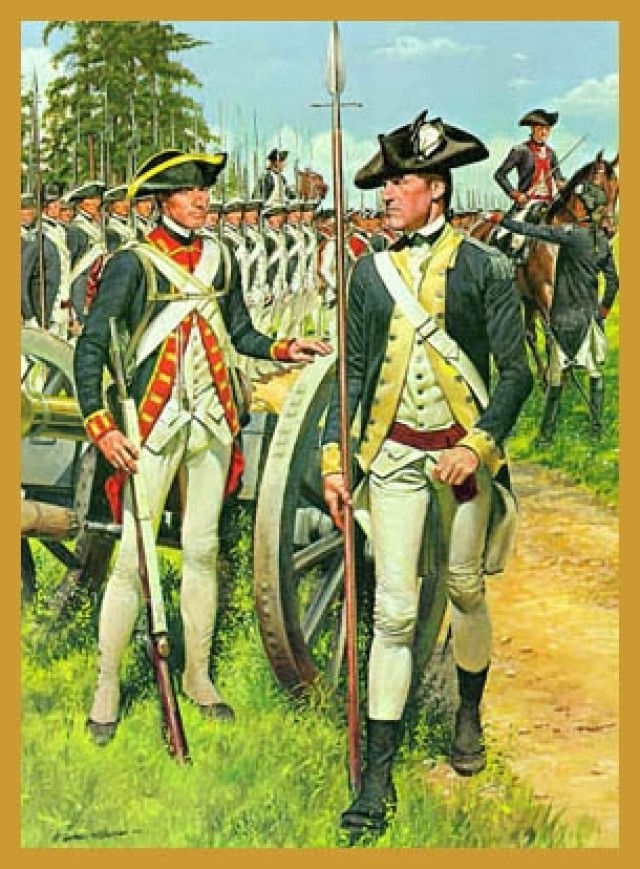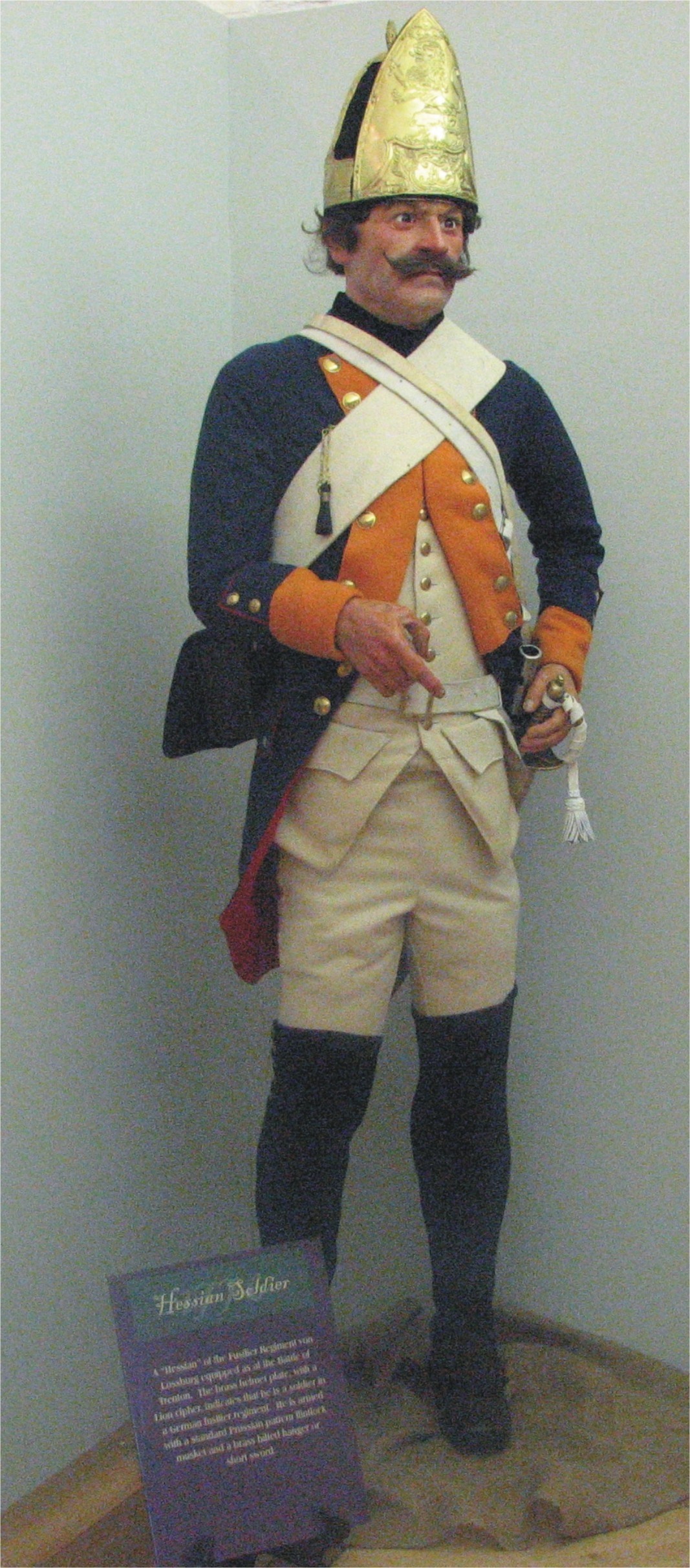Students of the American Revolution all have their individual opinions on the critical actions or events of this world changing conflict. All, however, will concur that the siege of Yorktown was one of, if not the, most decisive actions of the Revolution.
This operation combined the Allied forces of America and France, included both naval and ground components, and constituted the only major siege of this conflict. The ground forces were operational as a true Aca,!A"combined arms forceAca,!A? using infantry, combat engineers, artillery, and cavalry. The American forces that fired the shot heard round the world had truly come of age. The remaining veterans of the French & Indian War or conflict on the frontier, who had been the nucleus of this new army in 1775, must have been extremely proud of the Continental and State Line Regiments that sprang from the Militia commands of those veterans.
The campaign began with the Crown forces, under the command of General Earl Charles Cornwallis, establishing a base on the York River near the southern end of the Chesapeake Bay. He felt that this location would enable him to use the naval assets of Great Britain for troop movement and resources. The Allied siege against the British position began during the first week of October. The stage was now set for a series of actions known as the Aca,!A"Battles of the CapesAca,!A?; there were two naval actions in the Capes that would set the stage for the siege and the loss of the British forces in the Southern Theater. These actions and the movement of the British fleet back to New York enabled the French fleet to help lock Cornwallis into a difficult predicament. Internal conflict within the leadership of the British Navy also prevented a quick solution. This set the stage for the American and French forces to encircle and tighten the noose around Cornwallis. Both the actions and decisions by the British in New York would be slow, and these delays would prevent sending a force of ships and additional troops in a timely manner. When finally implemented, this mission would arrive after the surrender of their forces at Yorktown.
The ground troop movement and siege of the British Army in the South began with an agreement between General George Washington and French General Comte de Rochambeau. Discussions for this action, instead of movement against the British in New York, were based on the availability of the French fleet and having the British force in New York believe that they were the target. Moving south by foot overland and then on ships at Chester, Pennsylvania, Head of Elk, Baltimore, and Annapolis, Maryland, the combined armies arrived in Virginia.
Once the troops landed, they fought a series of actions between the Allied and British armies, forcing a withdrawal by Cornwallis from his outer defenses. He did this, believing that he would soon have both ships and additional troops available from New York via the Chesapeake Bay. Such was not to be, and his subsequent surrender truly turned his world -- and Great BritainAca,!a,,cs world -- upside down.






Social Sharing